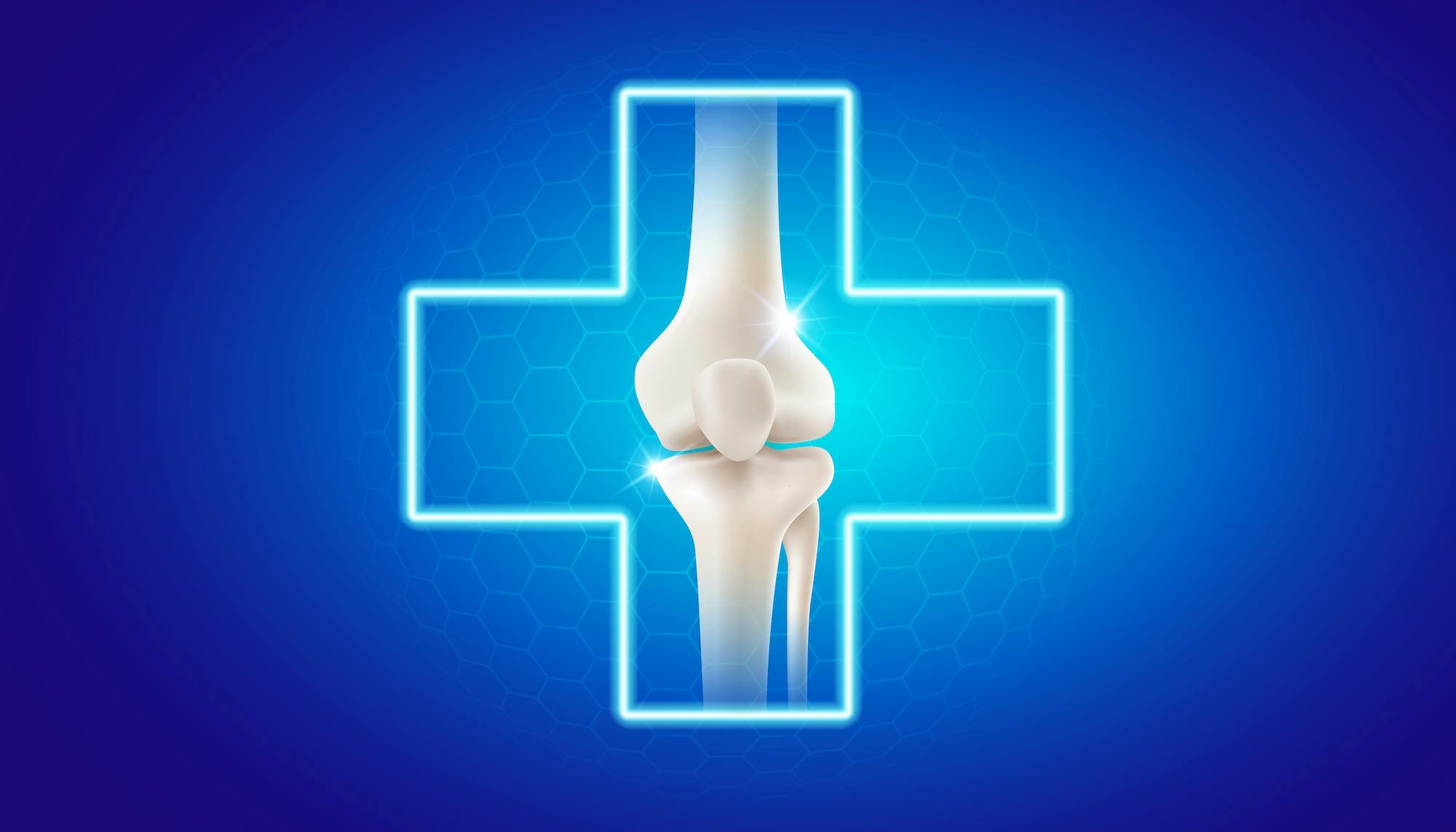- Blog
Diagnosing & Treating Carpal Tunnel Syndrome
Posted on 04-16-2025 in Hand & Wrist by Dr. Steven Kronlage

Posted on 04-16-2025 in Hand & Wrist by Dr. Steven Kronlage
Carpal Tunnel Syndrome, or CTS for short, is a medical condition characterized by the compression of the median nerve at the carpal tunnel located in the wrist. When compressed, the outer covering of the nerve (myelin sheath) is injured due to a lack of blood flow, which reduces its ability to conduct signals up and down the nerve fiber. Unfortunately, if left untreated, the degeneration of the nerve will progress, and symptoms will worsen over time. Below, we discuss the symptoms of CTS more broadly and the methods for diagnosing and treating this common condition.
Symptoms of CTS
Small nerve fibers, such as those that conduct light touch and temperature, are the first to be affected by compression of the median nerve. If carpal tunnel syndrome progresses, the larger fibers, like those that conduct muscle impulses, can also be affected. Depending on the severity of the damage to the median nerve, patients with CTS can experience chronic or sporadic symptoms. These symptoms can vary from a shocking pain spread through the hand, the overall weakness of the grip, or a numbing sensation starting with the fingers.
The most common symptoms of CTS are numbness and tingling in the digits innervated by the median nerve—the thumb, index, long and half of the ring finger. This numbness and tingling may be especially present at night and can very often cause the patient to wake up. Some patients also complain of weakness, loss of dexterity, and repeated instances of dropping objects. Pain can be present, but it is not always a primary symptom, as some people who suffer from CTS never experience pain outside of the discomfort of numbness and tingling.
Diagnosing the Condition
Although many factors play into its overall diagnosis, Carpal Tunnel Syndrome (CTS) is most accurately described as a condition of aging. As we get older, our tissues become less compliant and, therefore, cannot tolerate transient swelling (tendonitis), which can be aggravated by wrist position. In fact, the position of the wrist while sleeping can have a more significant impact on deterioration than the repetitive motion of typing on a computer.
Studies have proven that it is more common for women and older adults to develop CTS. People with comorbidities like diabetes, thyroid disorders, rheumatoid arthritis and obesity are also prone to carpal tunnel syndrome.
Through an initial consultation, including an evaluation of your medical history, a physical exam and imaging assessments like an ultrasound, our fellowship-trained physicians can accurately diagnose the severity of CTS and develop a comprehensive treatment plan. Because CTS can cause gradual degeneration and increased pressure within the carpal tunnel, the longer symptoms go untreated, the greater chance your treatment plan could result in surgery.
Treatment Options
Depending on how your carpal tunnel syndrome is graded, there is a wide range of factors to consider when developing a treatment plan for CTS. Mild carpal tunnel syndrome is often treated with nighttime splinting and reassessment at a later date to ensure there has been no progression of symptoms. Moderate and severe carpal tunnel syndrome requires surgical intervention, known as carpal tunnel release (CTR).
Unfortunately, many studies show no significant benefit from steroid injections, therapy, ultrasound, or other non-operative treatment for moderate to severe carpal tunnel syndrome. Therefore, our physicians strongly recommend coming in for evaluation and testing at the onset of symptoms.
Patients who experience a symptomatic case of CTS may be recommended to undergo a Mini-Open Carpal Tunnel Release. This procedure can be performed in our office or a surgery center for most patients. We have found this to be the safest and most predictable procedure for carpal tunnel syndrome.
To learn more, watch our video on office-based CTS procedures.
Getting ahead of conditions such as CTS is crucial to minimize the severity and continual degeneration that occurs, and our fellowship-trained physicians at North Florida Bone & Joint Specialists are here to help. Dr. Steven Kronlage, Dr. Alex Coleman and Dr. James Piorkowski provide non-surgical and surgical interventions based on several factors. With same-day and next-day appointments in our Gulf Breeze and Pensacola locations, as well as state-of-the-art on-site imaging and diagnostics, North Florida Bone & Joint Specialists makes visits as convenient and accessible as possible. Give us a call today at 850.807.4200 or schedule an appointment online.

March is National Nutrition Month®, and as part of the conversation, the North Florida Bone & Joint team wants to emphasize the impact diet can have on your bone health. Before diving in, it's essential to understand the role the skeleton plays in your body. Specifically, the skeleton—and the bones its comprised of—serve the following functions:

At North Florida Bone & Joint Specialists, we’re committed to delivering convenient, expert care throughout the Gulf Coast. As part of that commitment, we’re excited to announce the expansion of our clinical office footprint. In March, we opened two new locations in Milton and Navarre, FL, further enhancing our ability to serve patients across Northwest Florida.

Valentine’s Day is all about love—so why not show your joints some love, too? Whether you’re an athlete, an active adult, or simply looking to maintain mobility as you age, taking care of your joints is essential for long-term health and well-being. At North Florida Bone & Joint Specialists, we believe that self-care isn’t just about relaxation—it’s about making intentional choices to keep your body strong, pain-free, and resilient. Here are four self-care tips to keep your joints healthy and moving with ease: